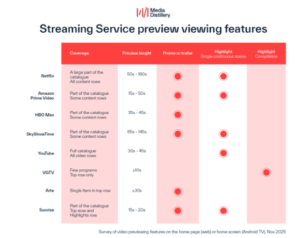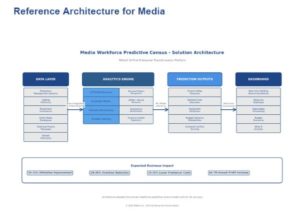FOR-A Europe – Connectivity for productivity

Fabio Varolo, FOR-A Europe
The rapid adoption of IP connectivity for media is transforming our industry. It opens exciting new creative opportunities in remote production and collaborative workflows, thanks to reliable real-time transfers over the public internet. Remote working means fewer journeys for personnel and equipment, significantly reducing the carbon footprint of a production.
When managing the infrastructure for remote working, though, there is a significant limitation. IP connections are traditionally seen as point-to-point: source to one destination. That is the nature of streaming connectivity.
In broadcast and production that is inconvenient. It eliminates many of the advantages of remote working if you have to tell people they can either be at the location or at the master control. Producers, editors, compliance supervisors, script editors, subtitlers and more may be in multiple locations. Engineers may want confidence monitors at different points in the signal path.
For major drama productions, the action may be in a studio or on location, but the content needs to go to the post house in a distant city, and to the producers and execs who may be in other countries. If the shoot will need extensive visual effects, the facilities designing the VFX, rendering them and conforming the results could be spread around the world.
In short, then, to really win the full benefits of IP connectivity, there has to be a way to distribute content over a lossy network – the public internet – securely, with low latency, and to multiple destinations. Such a system needs to be based on open standards for full interoperability.
At FOR-A we developed a very capable software platform, SOAR-A: Software Optimised Appliance Revolutionised by FOR-A. The box provides all the key functionality for IP connectivity and allows developers to create powerful applications to meet specific requirements.
Among the leading innovators with which FOR-A has collaborated on applications for SOAR-A is SipRadius, which has developed a highly performant solution for the point-to-multipoint requirement, simply and seamlessly. By incorporating this advanced solution, the SOAR-A EDGE IP transport appliance, part of the SOAR-A platform, provides a seamless bridge into and out of the streaming connectivity environment.
To guarantee open interconnectivity, transmission uses RIST, the Reliable Internet Stream Transport. This is a very widely used standard. The content arrives at the SOAR-A EDGE portal as SDI, SMPTE ST 2110, NDI ® or as an already compressed stream. Everything in the incoming feed is packaged into the RIST stream: identification and discovery in NDI; timing and auxiliary data in ST 2110 and more. In a simple implementation, content comes in at the remote location, is packaged and sent via a RIST tunnel over the internet and received at the base.
A single SOAR-A EDGE can handle multiple concurrent streams, which might be all in one direction or it could one or more return video channels. That return video might be the interviewer for down-the-line interviews, or it might be a multi viewer for the remote producer. SOAR-A EDGE units can be interconnected to transmit larger numbers of channels from a location, with automatic load-balancing to ensure maximum performance, and can deliver to many peers simultaneously.
Importantly, RIST includes 256-bit AES encryption, so all media in transit is completely protected. So, this gives you a very low latency multi-channel circuit which is highly resilient against the undeterministic nature of the internet and hardened against piracy and cyber-attack.
What makes this solution unique is that it also incorporates a WebRTC encoder, providing a way for multiple users – potentially a very large number – to see and hear what is happening. The WebRTC feed is, of course, protected by the same high-security AES encryption, along with a rigid access management layer ensuring only those who are involved in the production can log on.
This feed can be accessed via a conventional web browser on any device. For those who want a simple receiver, you can build a set-top box using a Raspberry Pi processor with a client, giving a simple and intuitive user interface.
The beauty of RIST is that it can create networks with multiple access points. To achieve this level of flexibility, each SOAR-A location is connected to a RIST server in the cloud. This accepts material from each SOAR-A device, with individual streams routed to the required destinations.
That includes routing content from one remote location to another. This would be extremely useful at a major international sports event, for example, connecting multiple sources at a stadium with multiple sources at a remote studio, and sending the packaged programme back to the broadcaster’s headquarters.
With RIST in the cloud, it is responsible for creating the WebRTC feeds, based on user selections of what content to deliver to those monitoring the event remotely. These feeds include metadata alongside high quality audio and video.
It is clear that the broadcast, media and events industry is moving towards ever-more complex workflows involving key personnel in multiple locations. This architecture, using specialized devices and open-standards interconnectivity, gives users the flexibility and agility they need, without compromising latency or security.









